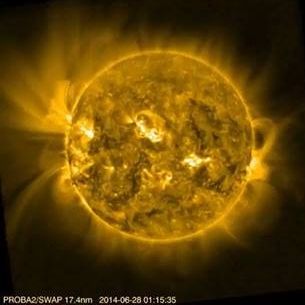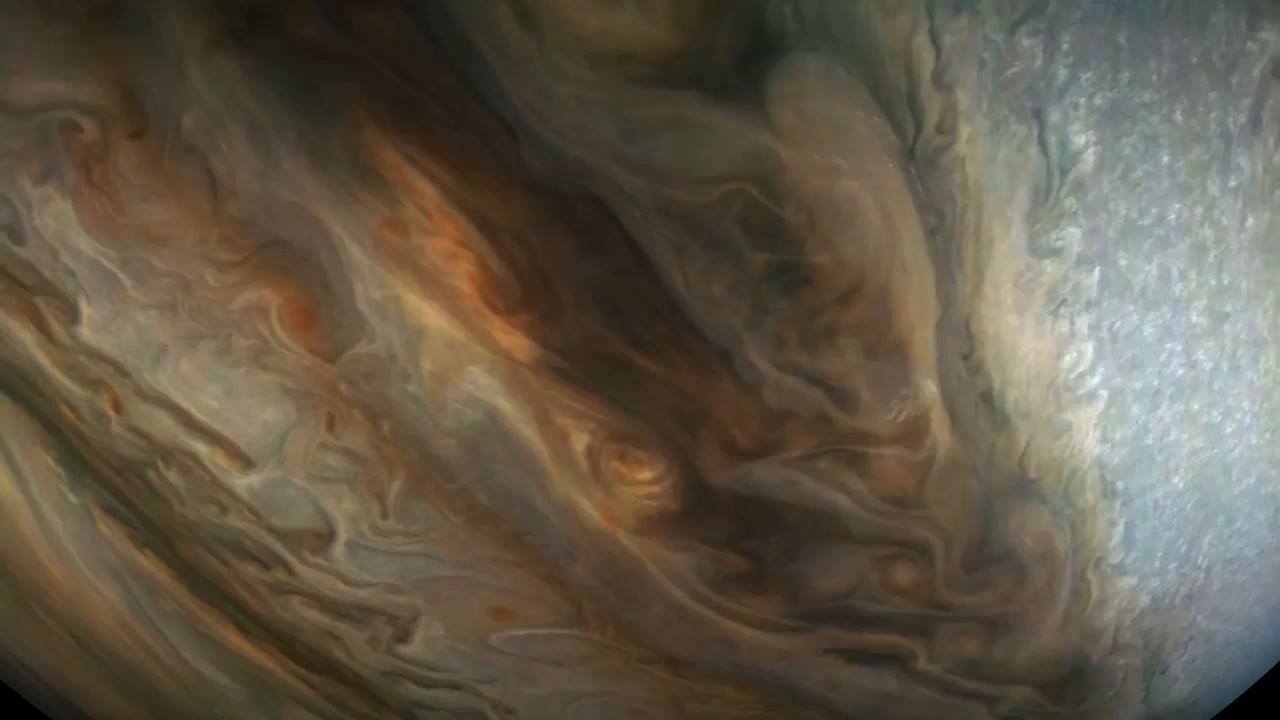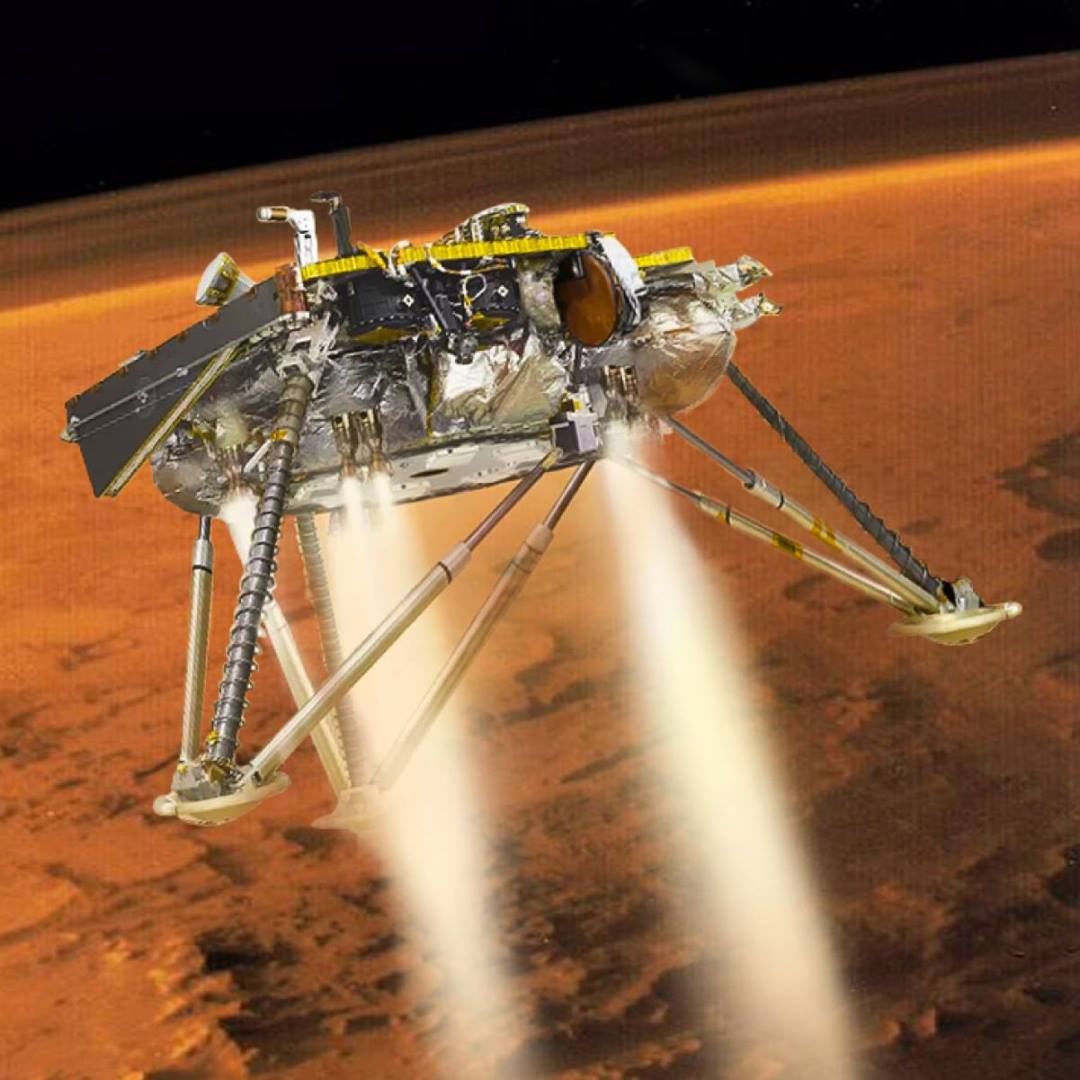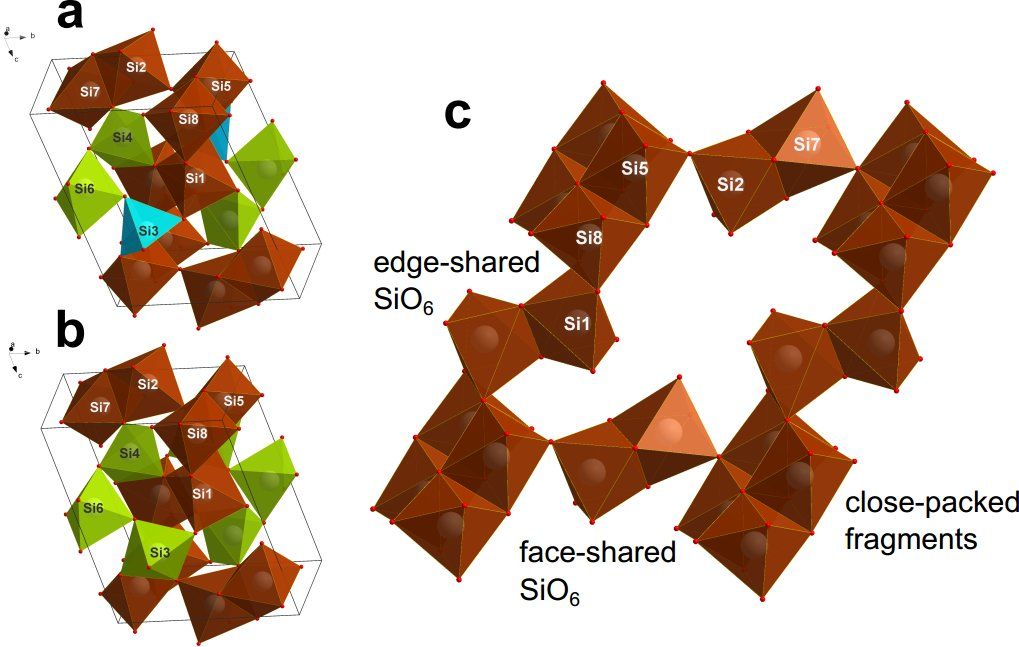Page 9251
Dec 12, 2018
Check out this awesome time-lapse video of the Sun’s incredible shape-shifting atmosphere, taken by the SWAP camera on ESA’s #PROBA-2 satellite, from July to August 2014
Posted by Michael Lance in category: electronics

See more about #SpaceWeather: http://www.esa.int/Our_Activities/Operations/Space_Situation…WE_Segment
Dec 12, 2018
Fly-Around of Jupiter by NASA’s Juno Spacecraft
Posted by Michael Lance in category: space travel

NASA’s Juno Mission to Jupiter will zoom past Jupiter at nearly 130,000 mph next week, making its 16th science pass above the planet’s cloud tops. More science and — of course — more stunning images from JunoCam on the way: https://go.nasa.gov/2GdYPeC
Dec 12, 2018
Lunar eclipse 2019: Why a solar eclipse will ALWAYS appear just before a lunar eclipse
Posted by Alberto Lao in category: futurism
A LUNAR eclipse will take place on January 21, 2019. But why does a solar eclipse always appear just before and after a lunar eclipse?
Dec 12, 2018
Emotion recognition based on paralinguistic information
Posted by Saúl Morales Rodriguéz in categories: biotech/medical, robotics/AI
Researchers at the University of Texas at Arlington have recently explored the use of machine learning for emotion recognition based solely on paralinguistic information. Paralinguistics are aspects of spoken communication that do not involve words, such as pitch, volume, intonation, etc.
Recent advances in machine learning have led to the development of tools that can recognize emotional states by analyzing images, voice recordings, electroencephalograms or electrocardiograms. These tools could have several interesting applications, for instance, enabling more efficient human-computer interactions in which a computer recognizes and responds to a human user’s emotions.
“In general, one may argue that speech carries two distinct types of information: explicit or linguistic information, which concerns articulated patterns by the speaker; and implicit or paralinguistic information, which concerns the variation in pronunciation of the linguistic patterns,” the researchers wrote in their paper, published in the Advances in Experimental Medicine and Biology book series. “Using either or both types of information, one may attempt to classify an audio segment that consists of speech, based on the emotion(s) it carries. However, emotion recognition from speech appears to be a significantly difficult task even for a human, no matter if he/she is an expert in this field (e.g. a psychologist).”
Continue reading “Emotion recognition based on paralinguistic information” »
Dec 12, 2018
New Facebook Patent Predicts Your Location Before You Get There
Posted by Saúl Morales Rodriguéz in category: futurism
Dec 12, 2018
Factory robot malfunctions and impales worker with 10 foot-long steel spikes
Posted by Mary Jain in category: robotics/AI
A CHINESE factory worker has survived being skewered with ten metal spikes when a machine malfunctioned.
The 49-year-old, named as Mr Zhou, was working on the night shift at a porcelain factory in Hunan Hunan province when he was struck by a falling mechanical arm.
The accident resulted in him being impaled with foot long, half inch thick metal rods, the People’s Daily reported.
Continue reading “Factory robot malfunctions and impales worker with 10 foot-long steel spikes” »
Dec 12, 2018
‘Her’, OS Sentience, and the Desire to Love
Posted by B.J. Murphy in categories: entertainment, robotics/AI
After watching Spike Jonze’s epic sci-fi film Her, I felt as if my mind was, metaphorically of course, absolutely blown away. The film far exceeded my expectations of how it would make me feel, let alone make me think! I found myself wanting to tell everyone I knew to stop what they were doing and take the time to really watch it, listen to it, and absorb it. I spoke of other great films that captured both my heart and mind, like Robot and Frank, but no film has ever really achieved what Spike Jonze’s Her achieves.
A review of Spike Jonze’s 2013 sci-fi film.
Dec 12, 2018
Silica paradox: Scientists discover seemingly ‘impossible’ material
Posted by Xavier Rosseel in categories: chemistry, physics, supercomputing
An international team of physicists and materials scientists from NUST MISIS, Bayerisches Geoinstitut (Germany), Linkoping University (Sweden), and the California Institute of Technology (U.S.) has discovered an “impossible” modification of silica-coesite-IV and coasite-V materials, which seems to defy the generally accepted rules for the formation of chemical bonds in inorganic materials formulated by Linus Pauling, who won the 1954 Nobel Prize in Chemistry for that discovery. The research results were published in Nature Communications on November 15th, 2018.
According to Pauling’s rules, the fragments of the atomic lattice in inorganic materials are connected by vertices, because bonding by faces is the most energy-intensive way to form a chemical connection. Therefore, it does not exist in nature. However, scientists have proved, both experimentally and theoretically, using NUST MISIS’ supercomputer, that it is possible to form such a connections if the materials are at ultra-high pressure conditions. The obtained results show that fundamentally new classes of materials exist at extreme conditions.
“In our work, we have synthesized and described metastable phases of high-pressure silica: coesite-IV and coesite-V. Their crystal structures are drastically different from any of the earlier described models,” says Igor Abrikosov, leader of the theoretical research team. “Two newly discovered coesites contain octahedrons SiO6, that, contrary to Pauling’s rule, are connected through common face, which is the most energy-intensive chemical connection. Our results show that the possible silicate magmas in the lower mantle of the Earth can have complex structures, which makes these magmas more compressible than predicted before.”
Continue reading “Silica paradox: Scientists discover seemingly ‘impossible’ material” »
















